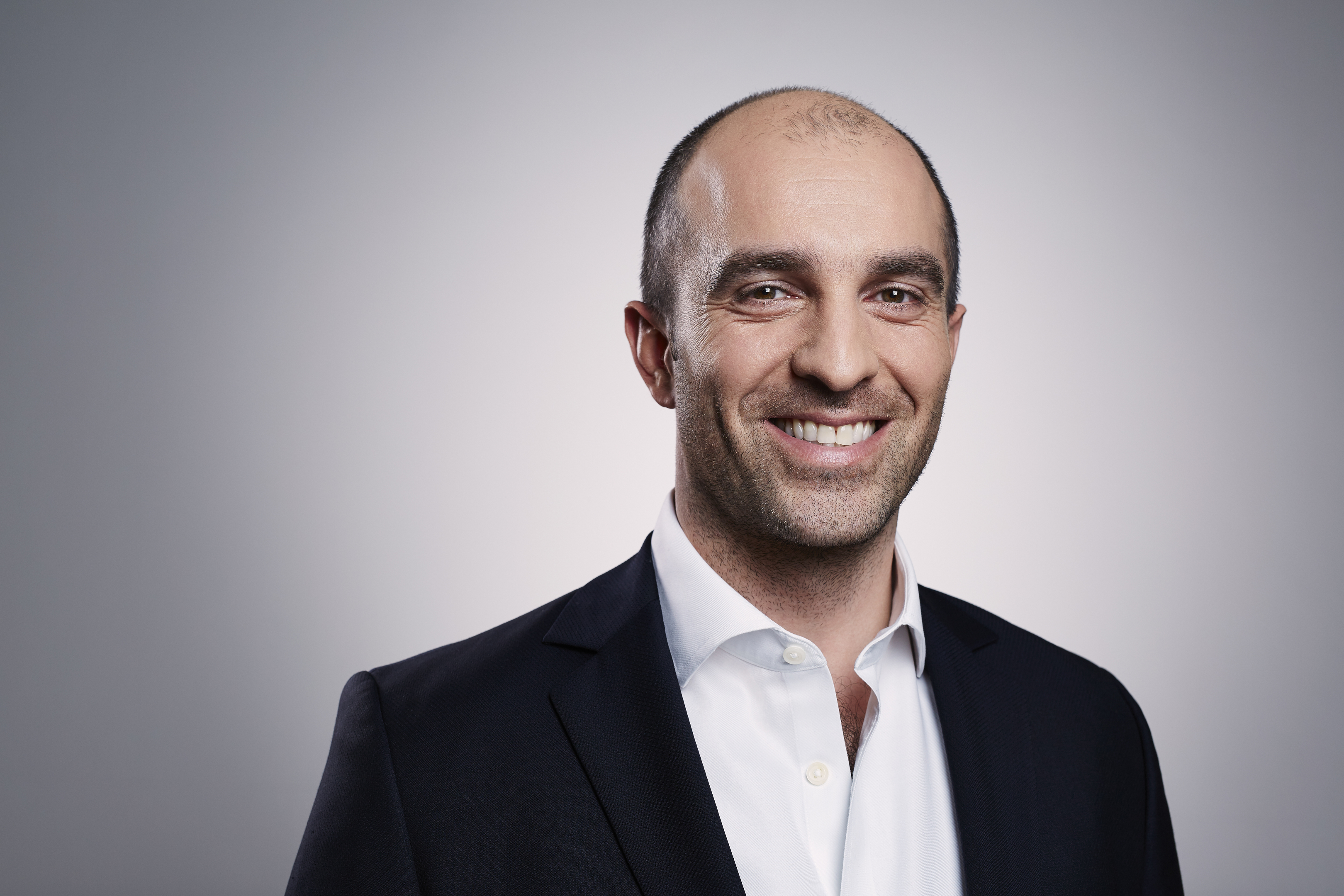Skin Cancer? Reduce Your Risk

Consultant Plastic Surgeon & Skin Cancer Specialist Mo Akhavani from The Plastic Surgery Group, shares his expert tips for staying safe in the sun.
The 5 Rules Of Sun Safety
Over 80% of all skin cancers are caused by over-exposure to the sun and/or sun beds. That means that the majority of all skin cancers are preventable by undertaking simple sun safety measures, so follow the 5 S’s of Sun Safety:
1 Slip on a T-shirt
2 Slap on a broad brimmed hat
3 Slop on some SPF 30+ sunscreen
4 Slide on quality sunglasses
5 Shade from the sun as much as possible
Looking young with a tan is delusional
90% of skin ageing is caused by the sun. People who use sunscreen with an SPF of 15 or higher daily show 24% less skin ageing than those who do not use sunscreen daily.
Say no to bronzing oil
To avoid sunburn you need a suncream of minimum Sun Protection Factor 15, preferably SPF 30. Always read the label and it’s best to buy creams that have both UVA and UVB protection. In the UK sunburn is most likely between 11 a.m. and 3 p.m. – from March to October.
And what about sunbeds?
Sunbeds give out ultraviolet (UV) rays that increase your risk of developing skin cancer. Many sunbeds give out greater doses of UV rays than the midday tropical sun.
It is recommend you should not use UV tanning equipment if you:
-
have fair, sensitive skin that burns easily or tans slowly or poorly
-
have a history of sunburn, particularly in childhood
-
have lots of freckles and red hair
-
have lots of moles
-
are taking medicines or using creams that make your skin sensitive to sunlight
-
have had skin cancer (or know someone in your family who has had it)
-
already have badly sun-damaged skin
Race matters:
Caucasians: If you have lots of moles or freckles, your risk of getting skin cancer is higher than average, but non-Caucasians are vulnerable, too. Skin cancer comprises one to two percent of all cancers in the African and Asian communities. Melanomas in non-Caucasians most often occur on non-exposed skin with less pigment, with up to 60-75 percent of tumours arising on the palms, soles, mucous membranes and nail regions. Bob Marley, for example, died from a melanoma of his big toe.
Mole Checklist:
The chance of melanoma developing from an ordinary mole is less than one in 3,000!
If you have a dodgy looking mole, remember the ABCDE rule:
Asymmetry (one half of the mole doesn’t match the other)
Border irregularity
Colour that is not uniform
Diameter greater than 6 mm — (about the size of a pencil eraser)
Evolving size, shape or colour.
How best to treat skin cancers?
In 1844, a British surgeon by the name of Samuel Cooper was quoted regarding the treatment of melanomas, “the only chance for benefit depends upon the early removal of the disease…” A statement that still largely remains unchanged to this day.





